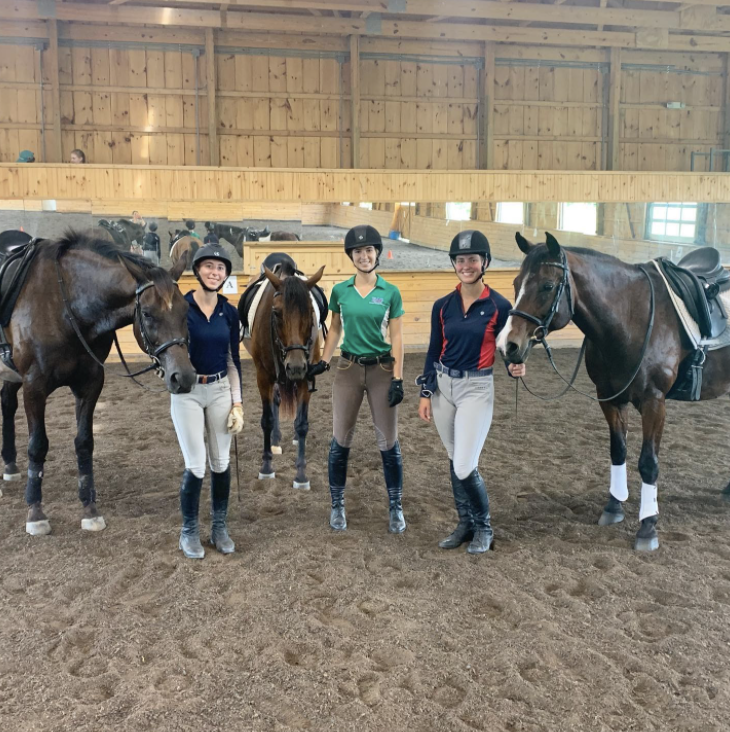
Best of JN: Building Community in Your Barn and Why It Matters
“Establishing strong communities first takes the desire to do so… and time. It takes patience, good and active listening, and open and willing collaboration with others.”
I’ve been fortunate enough to grow up at barns that seemed to have a very natural community; the environment was warm and welcoming, and people and horses seemed to enjoy the company of others. When I was younger, spending hours with my friends in the hay loft, running around the cross country course, or playing games on our ponies, the barn created an wonderful second home for me, forming a space, sanctuary, and community I strive to recreate in all of my work.
That desire to recreate such an environment inspired me to study Community Development at Penn State. When I’m not caring for my horses, riding, or hanging around the farm as a resident barn rat, you can typically find me with my nose in a book, oftentimes studying for my Community Development classes and exploring the role animals play in community development work.
My barn communities introduced me to some of my lifelong friends
While I was introduced to strong barn communities when I was young, it wasn’t until later that I realized how uniquely special a space like that is. And it was even later, during my time as a Community Development student in college, that I realized you have to intentionally build these spaces.
Establishing strong communities first takes the desire to do so… and time. It takes patience, good and active listening, and open and willing collaboration with others. Luckily for us equestrians, these are skills that many of us practice with our equine partners. How can we then take these skills we’ve developed individually as equestrians and improve our communities?
In class, professors emphasize the need for citizen participation in community development: The key is in the coordination among stakeholders. In the case of a barn, this could mean encouraging collaboration between the students, grooms, riders, managers, and other members. Maintaining open conversations, asking for feedback, and acting on the expressed wants and needs of your barn is critical to developing a strong environment; actions that respect the wants and needs of all those involved will unite and strengthen the community to produce a happier space, as everyone will feel engaged and inspired… directly connected to the outcome and success of the group.
But why is this even important?
When people are empowered to shape an environment and a future they believe in, they get involved. With involvement comes investment in and care of a group – either equine or human – that has the power to improve individual and group emotions and work.
Being a horseman or horsewoman requires immense amounts of effort. It can be physically, mentally, and emotionally draining. There are inevitable highs and lows, twists and turns, heartbreaks and unconditional love. With improved feelings of belonging, connection, and engagement come happier and healthier riders – riders that adapt and adjust to the waves of equestrianism, who can consistently show up for their horse, and who then improve their communities: from the barn, to their friends, and to their towns.
With so much fear, anger, and division around the world today, working to create a community space in your barn and collaborating with others can be rewarding and can even spill over into communities beyond the barn.





